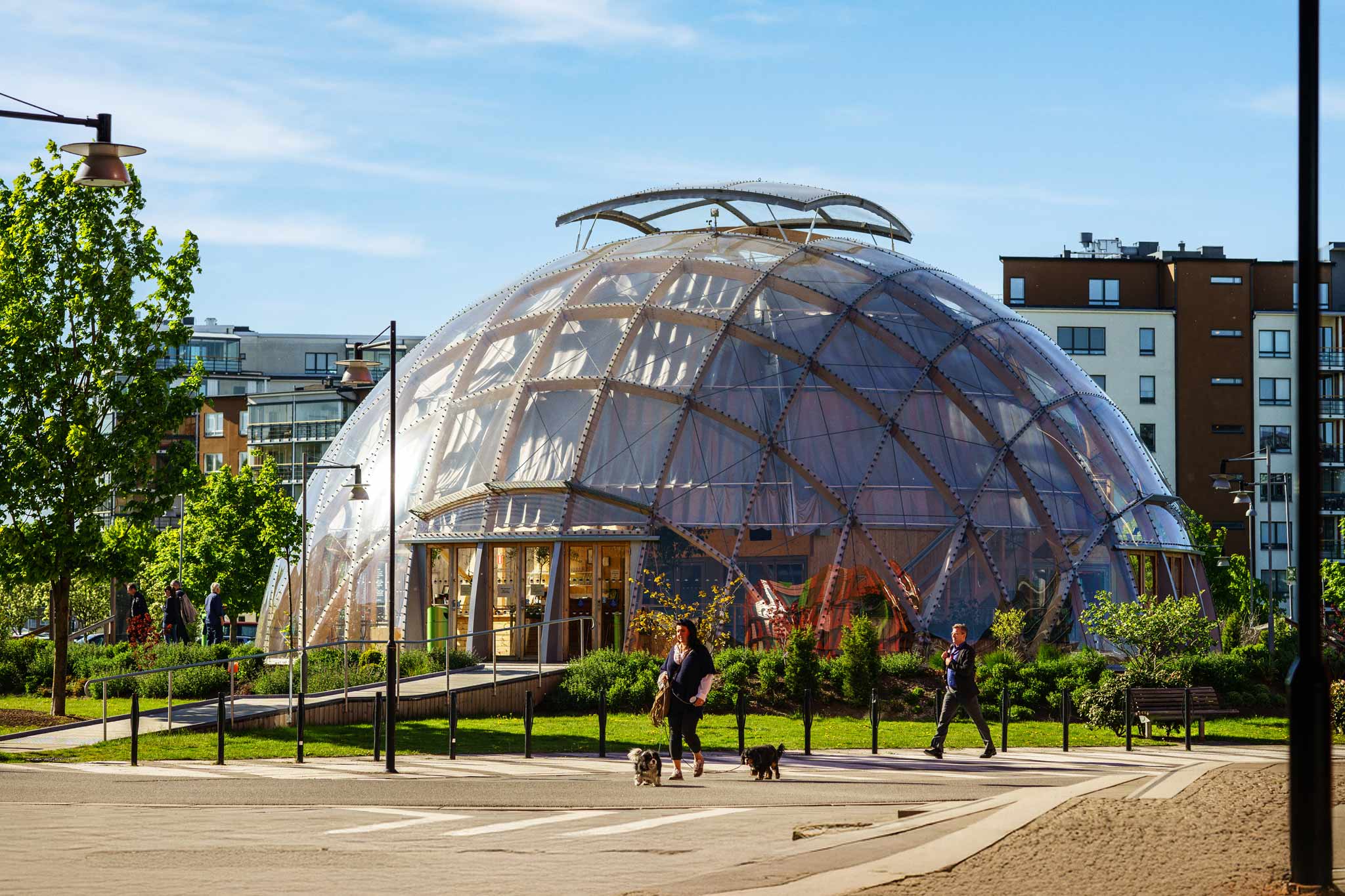Science parks and business incubators are vital components in promoting innovation, entrepreneurship, and economic growth globally. In 2025, their influence is evident in regions spanning Europe, Asia, North America, and Africa. They serve as organised innovation spaces, bringing together businesses, academia, public institutions, and entrepreneurs to drive sustainable growth, technological advancement, and industrial transformation.
Science parks are dedicated hubs that support the growth of technology-driven businesses. Managed by professional organisations, they typically offer physical infrastructure, business support, and foster close links with universities and research organisations. Examples such as the Ideon Science Park and Sahlgrenska Science Park in Sweden demonstrate the pivotal role these parks play in nurturing business-academic partnerships, especially in deep tech and life sciences.
Key features include:
- Collaboration with universities and research entities for knowledge transfer.
- Support for regional competitiveness and industrial upgrading.
- Platforms, for large and small companies alike, to innovate with access to shared resources.
Science parks are often driven by collaboration between government and universities, ensuring funding for research and development and boosting the local innovation ecosystem. This model enables regions like Gothenburg, Sweden, to become thriving hubs for health and technology innovation, attracting international attention and talent.
Business incubators are organisations that aim to support the creation and growth of startups, typically at their early stages. They provide entrepreneurs with resources such as mentoring, office space, funding opportunities, and access to networks. Incubators minimise risks for new businesses and accelerate their growth trajectory. Notable global trends include:
- Expansion of the incubator market to a projected €30.5 billion by 2029, growing at a 7.5 per cent Compound Annual Growth Rate (CAGR).
- Emphasis on sustainability, green startups, and digital transformation.
- Rise of virtual incubation, where support and resources are offered remotely.
Incubators complement science parks but differ structurally. While parks are more network-oriented, incubators function as formal organisations with structured relationships between the incubator and the incubatee.
Comparing Science Parks and Incubators
| Feature | Science parks | Business incubators |
| Focus | Company growth in knowledge-intensive sectors | Accelerating new ventures and startups |
| Structure | Often informal networks, place-based | Formal organisations (with membership, hierarchy) |
| Partnerships | Universities, governments, corporates | Investors, mentors, entrepreneurial networks |
| Typical residents | Mix of startups, scale-ups, corporate R&D | Early-stage startups and founders |
| Location | Fixed physical ecosystems | Can be physical or virtual |
| Main contribution | Regional economic development | Startup creation and survival |
Geographic Impact and Recent Trends
Asia-pacific, Europe, North AmericaThese regions see the highest density of science parks dedicated to advanced technology, biotech, and digital transformation.AfricaInitiatives like Konza Technopolis and IASP’s Africa division are leveraging demographic advantages to foster inclusive innovation and sustainable growth.Startup ecosystem shifts2025’s landscape shows incubators working hand in hand with accelerators, with AI-driven entrepreneurship and sustainability-focused programs on the rise.
The value chain and complementarity Science parks and incubators don’t just substitute for the lack of entrepreneurial support – they complement other components such as venture capital, accelerators, and government programs. The synergy creates value by enhancing learning, resource acquisition, and absorptive capacity for resident firms, ultimately leading to the development of more robust innovation ecosystems.
In 2025, science parks and incubators will continue to be essential drivers of global innovation and economic development. They offer distinct but complementary models for supporting emerging enterprises, catalysing knowledge transfer, and embodying the collaborative spirit between academia, industry, and government. Their ongoing evolution, marked by digitalisation, a focus on sustainability, and international networking, positions them as key actors in shaping the future of the world’s entrepreneurial and research landscapes.
Key market trends driving incubator growth to 2029 Business incubator growth worldwide is fueled by several transformative trends expected to sustain strong momentum through 2029:
1Surge in startups and entrepreneurial activity The increasing number of startups and entrepreneurs is directly boosting the demand for incubator programs. Lower barriers to entry, wide availability of digital tools, and accessible venture capital make it easier for new businesses to launch.
In December 2024 alone, the United States saw 457,544 new business applications, representing a 1.5 per cent month-on-month increase. New company startups reached 28,834, up 2.6 per cent from the previous month, underscoring tremendous entrepreneurial energy.
2Higher venture capital investment Escalated levels of venture funding and entrepreneurial funds create more opportunities for incubators to help startups turn ideas into scalable businesses, offering not just funding but also mentorship, access to resources, and networking support.
“Incubators minimise risks for new businesses, and accelerate their growth trajectory”
3Technological advancements and virtual incubation The adoption of advanced technology, including AI, machine learning, and blockchain, is intensely enhancing how incubators operate, especially in remote or virtual programs. Digital transformation has lowered geographic barriers, making virtual incubation and remote mentorship new standards in the industry.
4Sustainability and green startups Incubators are increasingly prioritising startups tackling climate change, renewable energy, waste management, and other sustainability challenges. Dedicated sustainability tracks and green tech mentorship are becoming central to many programs.
5Data-driven, AI-powered selection and support AI tools automate startup assessment and mentoring, helping incubators choose high-potential businesses and deliver personalised support efficiently. AI also enhances operational efficiency for both incubators and their client startups.
6Diversity, inclusion, and social impact Programs are focusing on underrepresented founders, including women, minorities, and social enterprises, recognising the importance of diverse perspectives and inclusive growth.
7Corporate partnerships and sector-specific incubators Large corporations are partnering with incubators to foster innovation in targeted industries, such as fintech, healthcare, agritech, and deep tech, resulting in highly specialised and industry-specific programs.
8Collaborative and flexible atmospheres Modern incubators are evolving into synergistic, collaborative workspaces that emphasise networking, peer support, and flexible program structures. North America leads the market in terms of size. At the same time, the Asia-Pacific region is poised for the fastest growth during the forecast period, reflecting the expansion of entrepreneurship ecosystems in both areas.
Incubator market growth to 2029 will be propelled by the interplay of surging entrepreneurial activity, technology adoption, sustainability focus, diversity and inclusion initiatives, corporate engagement, and the global expansion of virtual programs. These combined trends are reshaping the support ecosystem for startups, making it more dynamic, inclusive, and impactful than ever.



